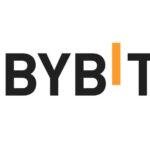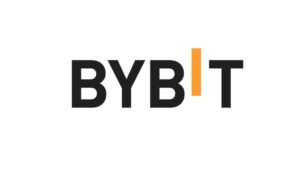Blockchain technology has swept the globe, promising decentralization, transparency, and security in a variety of businesses. But for many others, it’s still a confusing and complicated idea. In this essay, we will debunk blockchain and provide a straightforward explanation of how it functions, backed by verifiable data and actual instances.
Understanding Blockchain Fundamentals
Blockchain is fundamentally a distributed, decentralized ledger that keeps track of transactions among a network of computers. Imagine it as a digital ledger or spreadsheet that many people can use and amend at the same time.Blockchain uses a peer-to-peer network to function.
Without relying on a centralized entity like a bank, Bitcoin, the first and most well-known blockchain application, records and verifies transactions using a decentralized network of computers (called nodes).
How to Record Transactions
Transactions on a blockchain are kept in “blocks,” which are collections of data containing several transactions. Since each block is connected to the one before it, a chain of blocks is formed, hence the name “blockchain.”A series of transactions, a timestamp, and a reference to the preceding block are all included in each block.
A cryptocurrency like Ethereum ensures transparency and security by grouping transactions into blocks and making the complete transaction history viewable on the blockchain.
The Function of Miners
To verify and incorporate fresh blocks into the blockchain, miners are essential. They solve challenging mathematical riddles to validate the legitimacy of transactions and protect the network.For their work, cryptocurrency miners are rewarded.
The first miner to solve a riddle in the Bitcoin network is rewarded with newly minted bitcoins. Miners compete to solve mathematical challenges. This procedure is referred to as “proof of work.”
Mechanisms of Consensus
Blockchain networks utilize consensus techniques to ensure everyone agrees about the ledger’s current state. Different blockchains use different consensus processes, such as proof of stake, proof of stake as assigned, and proof of work.
On the blockchain, new transactions are added and verified using consensus methods. Ethereum is switching from proof-of-work to proof-of-stake in order to save energy and increase scalability.
Protection and consistency
Blockchain is renowned for its strong immutability and security. A transaction becomes very difficult to change or delete once it has been added to the blockchain. Blockchain’s decentralized structure makes it very resistant to fraud and hacking. The integrity of patient data is guaranteed by the impossibility of altering medical records kept on a blockchain.
Insightful Contracts
Smart contracts automatically carry out agreements with the terms expressed directly in code and can also be created using blockchain technology. When certain criteria are satisfied, these contracts automatically go into effect. It is a fact that smart contracts have uses outside of finance, such as in supply chains and contracts. When goods are delivered and validated in the supply chain, smart contracts can cause automatic payments to suppliers.
CONCLUSION
In conclusion, the fundamental component of blockchain technology is a secure ledger that is decentralized and transparent. Miners validate and add new blocks on a peer-to-peer network, which is how it works. The technology is a game-changer in fields ranging from finance to healthcare because of its security and immutability, which are ensured through a variety of consensus processes. Its powers are further enhanced by smart contracts, which indicate a more efficient and trustworthy future across many industries.




























